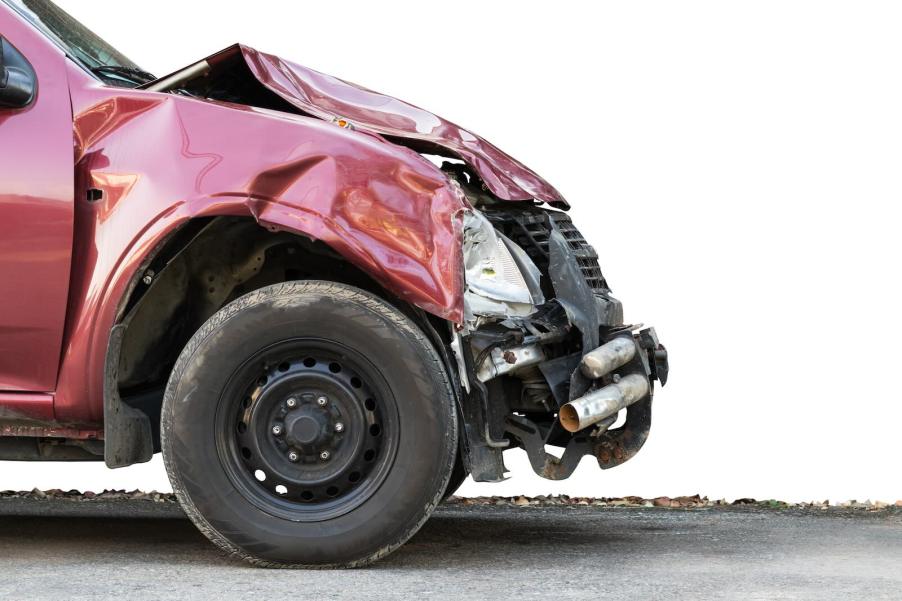
No, red cars don’t cost more to insure
Have you ever heard someone say, “red cars actually cost more to insure?” Most folks imagine some especially reckless driver of a red car they know and think, That makes sense. I’ve certainly heard this self-“perpetuating” rumor. I may have even repeated it once upon a time. There’s only one problem: multiple insurance companies have confirmed that it’s complete bunk. Our steadfast belief in the myth reveals some other common insurance misconceptions that could cost you a ton of money.
CNBC decided to get to the bottom of this urban legend once and for all. The outlet interviewed multiple experts and even found a study by insuranceQuotes.com to uncover the facts. In the process, it found all kinds of other myths the majority of drivers believe. But first and foremost: 53% of millennials believe it costs more to insure a red car. Across all age groups, 44% of Americans agree.
Loretta Worters, VP of communications for the Insurance Information Institute, put it bluntly: “Color has nothing to do with rates.” But she admitted, “I guess that myth just keeps perpetuating.”

If you think about it, many insurance companies don’t even ask what color your car is. Sure, they ask what model it is, what year, and what the body style and engine type are. Why? Because they want to know how risky it is, so they compare it in all those segments. But color has nothing to do with rates.
“A red car won’t cost you more than a green, yellow, black or blue car. Insurers are interested in the year, make, model, body type, engine size and age of your vehicle. How you’re perceived based on the color of your car is another matter.”
Geico Insurance to CNBC
Insurance companies are just as preoccupied with how and where you use your car as what type of vehicle it is. You could be driving a tank, but if you’re commuting daily in stop-and-go traffic, you’re likely to get rear-ended, and they assume you’ll file a claim, even if just to fix the paint on your tank’s…bumper (do tanks have bumpers?). Yet the same study found that 17% of US drivers are unaware how much their location affects their rates.
Worters explained, “If you live in an urban area, you will pay more money than if you are in a suburban area because it’s more congested.”
This isn’t the only common—and expensive—misconception about insurance. Laura Adams was the senior analyst on the insuranceQuotes.com study. She said, “These results indicate that millions of Americans need a refresher on what insurance does and does not cover.”
For example: 44% of US drivers believe their insurance will not cover the at-fault driver. And this is just plain wrong. As CNBC wrote: “In reality, most insurance agreements will help pay for repairs even if an accident is your fault.” Fixing your car out of pocket because you didn’t know better could cost you thousands.
What other misunderstandings do most drivers have? Thirty-four percent believe their auto insurance policy will pay for personal belongings stolen if their car is stolen or broken into. This myth could leave you with no coverage: stolen property—even if it was in your car—would be covered by homeowners or renters insurance.



